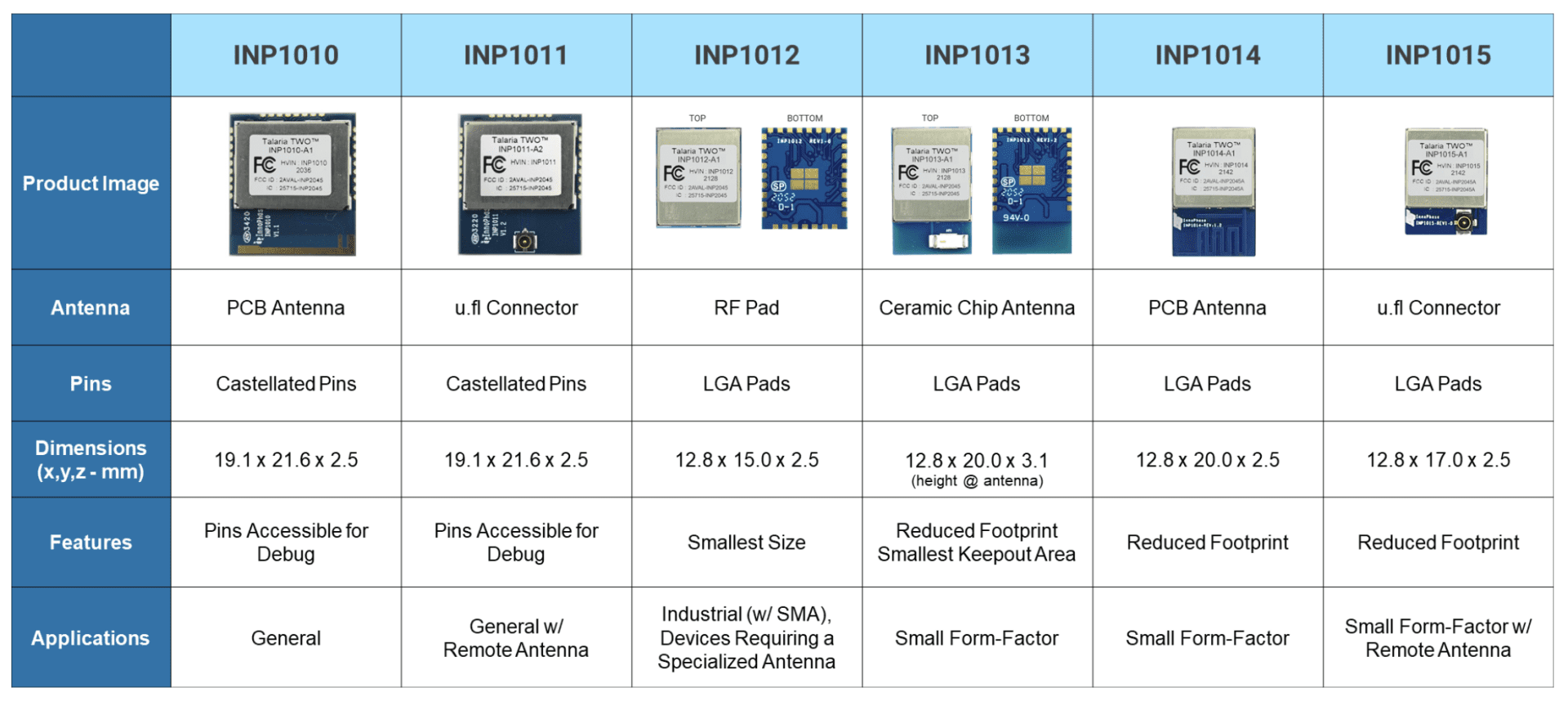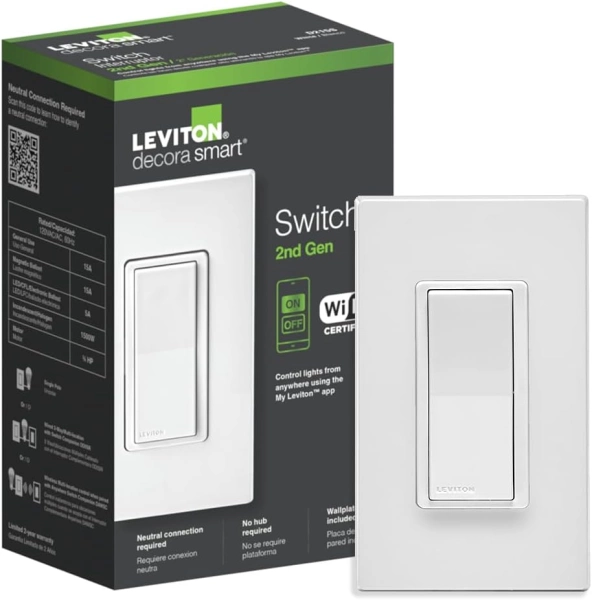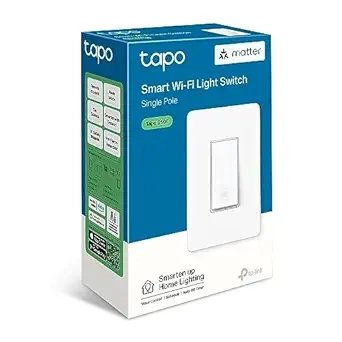Talaria TWO™ Multi-Protocol System on Chip - INP2045
The InnoPhase IoT Talaria TWO is a versatile, low-power SoC for smart homes, supporting Wi-Fi, BLE, and efficient RF functionality for seamless Matter integration.

Please note: This page may contain affiliate links. Read our ethics policy
Information
| Maker | InnoPhase IOT Inc |
| Category | On/Off Light |
| Status | released |
| Product Page | https://innophaseiot.com/talaria-two-modules/ |
| Date Announced | 2024-05-06 |
The InnoPhase IoT Talaria TWO Multi-Protocol Platform built on the INP2045 chip is a highly integrated, single-chip wireless solution designed to deliver significant advantages in size, power consumption, and cost for a wide range of low-power IoT designs. This platform is particularly notable for its ability to seamlessly integrate into the Matter ecosystem, which is critical for the future of smart home technology. The Talaria TWO System on a Chip (SoC) INP2045 includes several key technologies and functionalities that make it an ideal choice for smart home devices.
InnoPhase IoT’s Proprietary PolaRFusionTM Radio
At the heart of the Talaria TWO platform is the proprietary PolaRFusion radio. This is a 2.4 GHz radio built using an innovative polar architecture. Traditional radios use a Cartesian approach, managing signals in terms of in-phase (I) and quadrature (Q) components. The polar architecture of the PolaRFusionTM radio, however, processes signals based on their amplitude and phase. This design choice allows for more efficient signal processing and lower power consumption.
Within the Matter ecosystem, the PolaRFusion radio’s flexibility and efficiency are significant advantages. Its ability to handle multiple wireless protocols through programmable functionality means it can adapt to various communication needs, enhancing the interoperability of smart home devices. This adaptability ensures that devices can communicate effectively, regardless of the specific protocol requirements, making the PolaRFusionTM radio a versatile component in the Matter ecosystem.
IEEE 802.11 b/g/n (Wi-Fi) Standards
The Talaria TWO platform supports IEEE 802.11 b/g/n Wi-Fi standards, which are essential for wireless local area networks (WLANs). Operating in the 2.4 GHz frequency band, these standards provide various data rates and backward compatibility, ensuring that devices can connect to existing Wi-Fi networks without issues.
In the context of the Matter ecosystem, Wi-Fi connectivity is crucial. Smart home devices need to communicate not only with each other but also with cloud services and remote users. By supporting these well-established Wi-Fi standards, the Talaria TWO ensures that devices can easily integrate into existing home networks. This seamless integration is key for user-friendly smart home setups, allowing for quick installation and reliable operation of connected devices.
Bluetooth Low Energy (BLE 5.0) Standard
Another critical feature of the INP2045 is its support for Bluetooth Low Energy (BLE) 5.0. BLE is designed for low energy consumption, making it ideal for battery-powered devices. BLE 5.0 enhances this further by offering improved data rates, range, and broadcasting capabilities compared to previous versions.
Within the Matter ecosystem, BLE is often used for initial device setup and configuration. For instance, when a new smart home device is added to the network, BLE allows for quick and easy pairing with the user’s smartphone or another controlling device. This low-power, short-range communication protocol is essential for creating a seamless user experience, ensuring that devices can be easily discovered, connected, and configured without draining battery life.
RF (Radio Frequency) Functionality
The RF components of the Talaria TWO platform handle the transmission and reception of radio waves, which are fundamental for wireless communication. Effective RF performance ensures that signals are transmitted and received clearly and without significant interference.
In the Matter ecosystem, robust RF functionality is critical. Smart home environments often involve a variety of devices communicating simultaneously, sometimes in the presence of interference from other electronic devices. The Talaria TWO’s advanced RF capabilities help maintain reliable connections between devices, ensuring that commands and data are transmitted accurately and promptly, which is essential for the smooth operation of a smart home network.
Baseband, PHY (Physical Layer), and MAC (Media Access Control) Functionality
The baseband, PHY, and MAC functionalities of the Talaria TWO SoC are essential for processing signals, managing the physical connection, and controlling how data is transmitted and received over the network. The baseband handles the processing of signals before they are transmitted or after they are received. The PHY layer is responsible for the actual transmission and reception of data over the physical medium, while the MAC layer controls how data is accessed and shared on the network.
In the Matter ecosystem, these functionalities ensure efficient and reliable communication between devices. The baseband processing allows for the accurate modulation and demodulation of signals, while the PHY layer ensures that data is transmitted effectively over the wireless medium. The MAC layer manages access to the network, preventing collisions and ensuring that devices can communicate without interference.
The InnoPhase IoT Talaria TWO Multi-Protocol Platform on a chip (INP2045) integrates these technologies into a single chip, providing a comprehensive and efficient solution for smart home devices. Its ability to support multiple wireless protocols, combined with its advanced RF, baseband, PHY, and MAC functionalities, ensures compatibility and interoperability within the Matter ecosystem. This makes it an ideal choice for manufacturers looking to develop reliable, low-power, and cost-effective smart home products.
Related Items in On/Off Light
Decora Smart Switch Wi-Fi 2nd Gen
The Decora Smart Wi-Fi 2nd Gen Switch (D215S) is a white, in-wall smart switch that supports a load of up to 600W LED/CFL, with no hub required and certified by Matter for smart home connectivity.
TP -Link Tapo S505 Smart Wi-Fi Light Switch
The Tapo Smart Wi-Fi Light Switch S505 enables control of lights and ceiling fans through the Tapo app, supports voice commands with Alexa or Google Assistant, and can be automated with Tapo sensors, without the need for an internet connection.
Reviews
No reviews yet
Specifications
| Manufacturer Part Number | INP2045 |
| Label | ON/OFF Light |
| Network | Matter over Wi-Fi, Bluetooth, Bluetooth Low Energy |
| Market | Consumer, Business (B2B), Industrial |


